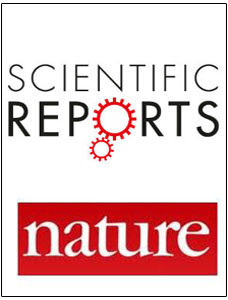
“Diabetes is a major health problem and a predisposition factor for further degenerative complications and, therefore, novel therapies are urgently needed. Currently, cannabinoid receptor 1 (CB1 receptor) antagonists have been considered as promissory entities for metabolic disorders treatment.
Accordingly, the purpose of this work was the evaluation of the sub-acute antidiabetic, anti-hyperglycemic, antidyslipidemic and toxicological profile of ENV-2, a potent hypoglycemic and antioxidant CB1 receptor antagonist.
In this study, ENV-2 showed a pronounced anti-hyperglycemic effect even at a dose of 5mg/kg (P< 0.001) in a glucose tolerance test on normoglycemic rats. Moreover, after administration of ENV-2 (16mg/kg) to diabetic rats, a prominent antidiabetic activity was observed (P< 0.001), which was higher than glibenclamide.
Sub-acute treatment (10 days) of ENV-2 resulted in a significant reduction of plasma glucose (P< 0.001). Also, the levels of peripheral lipids were improved; blood triacylglycerols (TG) and cholesterol (CHOL) were diminished (P< 0.001). In addition, it was found that ENV-2 reduced IL-1β and IL-18 mRNA expression in adipose tissue (P< 0.05). Due to the satisfactory outcomes, we were interested in evaluating the toxicity of ENV-2 in both acute and sub-chronic approaches. Regarding the acute administration, the compound resulted to be non-toxic and was grouped in category 5 according to OECD. It was also found that sub-chronic administration did not increase the size of the studied organs, while no structural damage was observed in heart, lung, liver and kidney tissues. Finally, neither AST nor ALT damage hepatic markers were augmented.”











